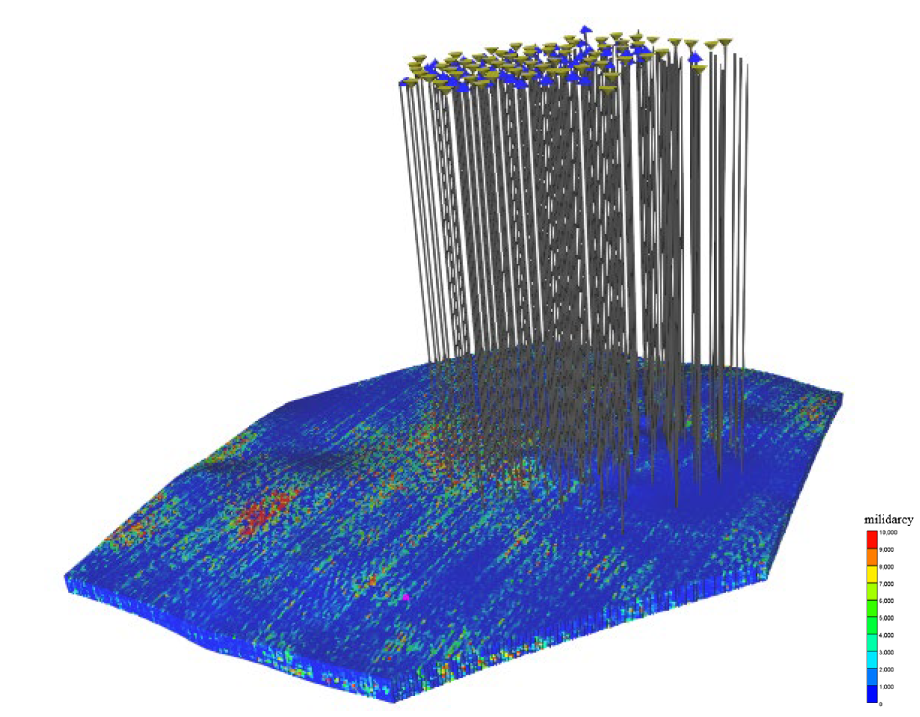The owners of the Petra Nova CO2 plant, built at a Coal Power Station in Texas, went for it. Rather than constructing a 60 Mwe facility according to the first design, a unit four times that size was ultimately built. The reason? Modelling studies had shown that the oil field where the CO2 was going to be injected in for EOR purposes needed at least that amount in order to be effective.
In May 2020, three years after project start-up, NRG (one of the owners) shut down Petra Nova, citing low oil prices during the pandemic as a main driver. In October last year, five years after the first CO2 was transported through a 130 km long pipeline, NRG sold its 50% stake in the carbon capture plant for a value representing less than 0.5% of its roughly 1 billion USD construction costs. The facility was heavily subsidised by the US government.
The Institute for Energy Economics and Financial Analysis wrote a very critical account on its website, detailing a lack of transparency in the reporting of numbers and poor plant performance. It concluded that the US government must sharply scrutinise all claims made by applicants for federal dollars to promote CCS technology.
An Onshore Field
The transported CO2 was injected into the West Ranch oil field about 100 km to the southwest of Houston. A simple four-way anticlinal structure, the Oligocene barrier sandstone reservoirs of the Frio Formation are situated at a depth of around 1,700 m.
The field was discovered in 1938 and had 925 wells drilled into it in December 2020. This exposes another intriguing aspect of this CO2 injection project.

Given the large number of wells and the period over which these were drilled and subsequently abandoned, it is interesting to see that this part of the project could go ahead. Even though a report on the feasibility of CO2 injection into West Ranch describes that all well completions had been inspected prior to injection, it is still showing a large contrast in acceptance of CO2 injection between North America and Europe.
For instance, following heavy protests, Shell had to abandon plans to store CO2 in the onshore Barendrecht field in the Netherlands around 2012. This led to a focus on offshore storage only, while Barendrecht only had 2 production wells drilled. Even though Texas has a much lower population density than the Barendrecht area, this still exposes the difference in approach between the US and Europe.
All in all, just over 3 million tonnes of CO2 was injected into West Ranch over the project’s lifetime.

